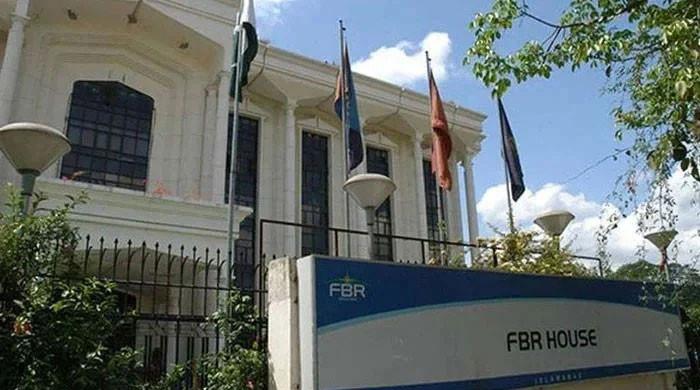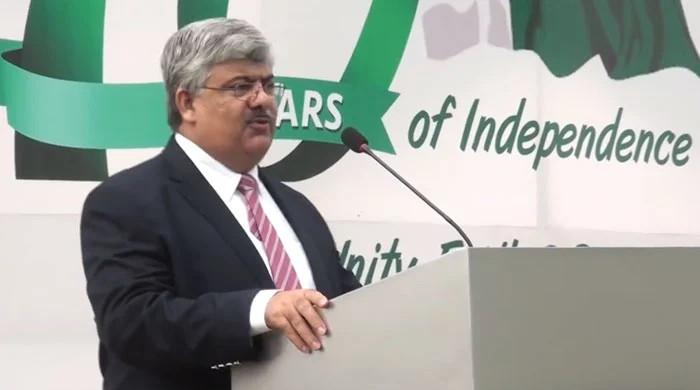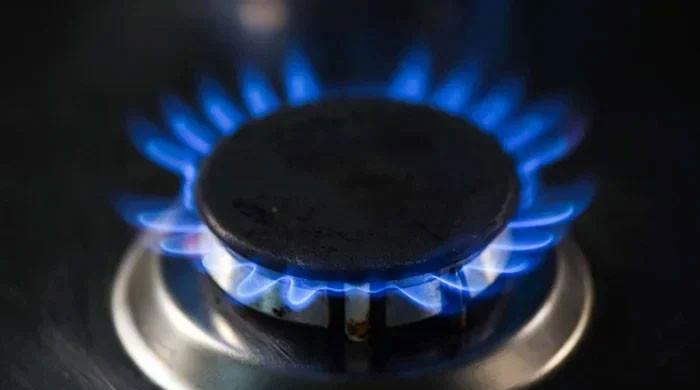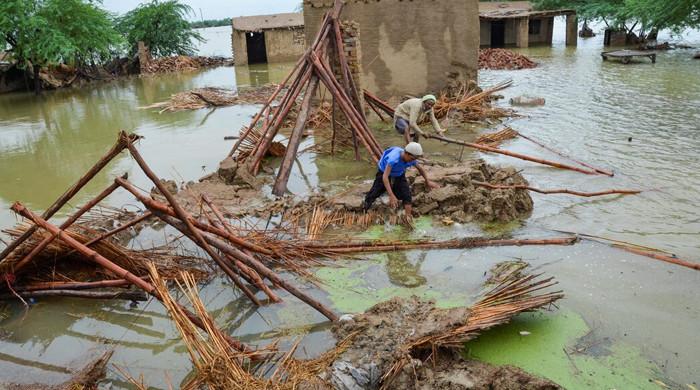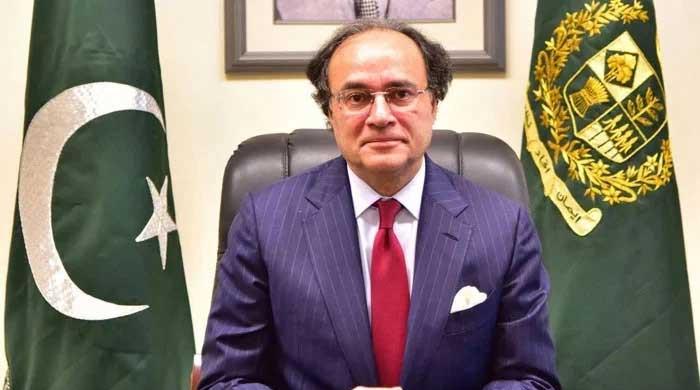PSX ends lower as rate cut optimism fails to sustain early gains
KSE-100 Index rises 969.23 points, or 0.84%, to reach intraday high of 115,773.39
January 15, 2025

- Intraday high saw KSE-100 Index peak at 115,773.39.
- Closing level recorded a decline to 114,495.70 points.
- KSE-100 Index dropped by 308.46 points, or -0.27%.
The capital market ended in the red on Tuesday snapping a three-day recovery drive as improved investor sentiment on expectations of a further rate cut by the State Bank of Pakistan (SBP) and positive corporate earnings results gave way to selling pressure.
The index reached an intraday high of 115,773.39, gaining 969.23 points, or 0.84%, but retreated in the latter half of the session to a low of 114,298.29.
By the end of the session, the index recorded a decline of 308.46 points, or -0.27%, from the previous close of 114,804.16, closing at 114,495.70. This drop underscored the market’s struggle to maintain early gains amid mixed investor sentiment.
The decline comes despite optimism surrounding potential monetary policy easing and encouraging corporate results.
Speaking to Geo.tv to Samiullah Tariq, Head of Research at Pak-Kuwait Investment Company, said: “The market is rising in anticipation of another rate cut and positive corporate results.”
With inflation showing a sharp decline, market participants are anticipating a potential rate cut in the SBP first Monetary Policy Committee (MPC) meeting of 2025, scheduled for January 27.
Inflation dropped to 1.8% year-on-year for the week ending January 9, the lowest level since October 2014, further fuelling hopes of accommodative monetary policy.
Economic developments provided a backdrop to the session, with the World Bank (WB) having pledged $40 billion in funding for Pakistan under its 10-year Country Partnership Framework (CPF).
According to sources in the Ministry of Economic Affairs, $20 billion will be provided through the International Development Association (IDA) and International Bank for Reconstruction and Development (IBRD), while an additional $20 billion will come from the International Finance Corporation (IFC).
Specific goals include increasing tax revenue to 15% of GDP, adding 10 Gigawatts of renewable energy capacity, providing quality education to 12 million students, and healthcare services to 50 million people.
In line with efforts to stabilise the economy, the federal cabinet approved revised agreements with 14 Independent Power Producers (IPPs), resulting in projected savings of Rs1.4 trillion over the agreement durations. Annual savings of Rs137 billion are expected, benefiting power consumers burdened by high electricity tariffs.
The revised agreements, which include reductions in profit and costs totaling Rs802 billion, aim to reduce energy costs and ease financial strain on consumers. The government initiated renegotiations with IPPs late last year as part of broader efforts to stabilise the economy.
Further reinforcing its economic recovery plan, Finance Minister Muhammad Aurangzeb announced plans to debut yuan-denominated Panda bonds to tap into the Chinese capital market.
Speaking to Bloomberg Television on the sidelines of the Asian Financial Forum in Hong Kong, the minister revealed Pakistan’s aim to raise $200 million to $250 million from Chinese investors within the next six to nine months.
“We have been remiss as a country not to tap it previously,” Aurangzeb said, adding that China International Capital Corporation is advising Islamabad on the issuance.
The KSE-100 Index gained 574.11 points, or 0.5%, on Tuesday to close at 114,804.17, driven by strong valuations and a reduction in political noise. The day’s trading saw the index peak at 115,044.79, while dipping to 113,836.61 during intraday activity.




